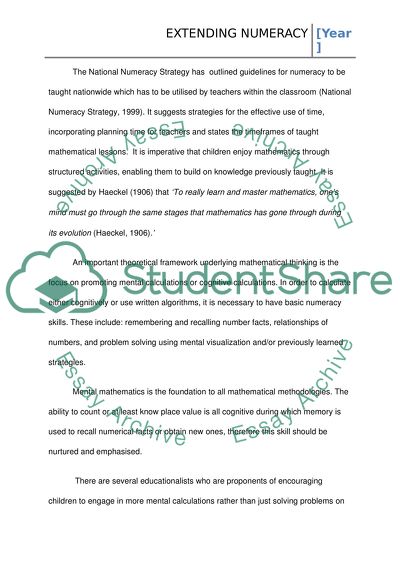Cite this document
(“EXTENDING NUMERACY Essay Example | Topics and Well Written Essays - 1500 words”, n.d.)
Retrieved from https://studentshare.org/family-consumer-science/1405856-1fostering-creativity-in-primary-education-2-extending-numeracy
Retrieved from https://studentshare.org/family-consumer-science/1405856-1fostering-creativity-in-primary-education-2-extending-numeracy
(EXTENDING NUMERACY Essay Example | Topics and Well Written Essays - 1500 Words)
https://studentshare.org/family-consumer-science/1405856-1fostering-creativity-in-primary-education-2-extending-numeracy.
https://studentshare.org/family-consumer-science/1405856-1fostering-creativity-in-primary-education-2-extending-numeracy.
“EXTENDING NUMERACY Essay Example | Topics and Well Written Essays - 1500 Words”, n.d. https://studentshare.org/family-consumer-science/1405856-1fostering-creativity-in-primary-education-2-extending-numeracy.


